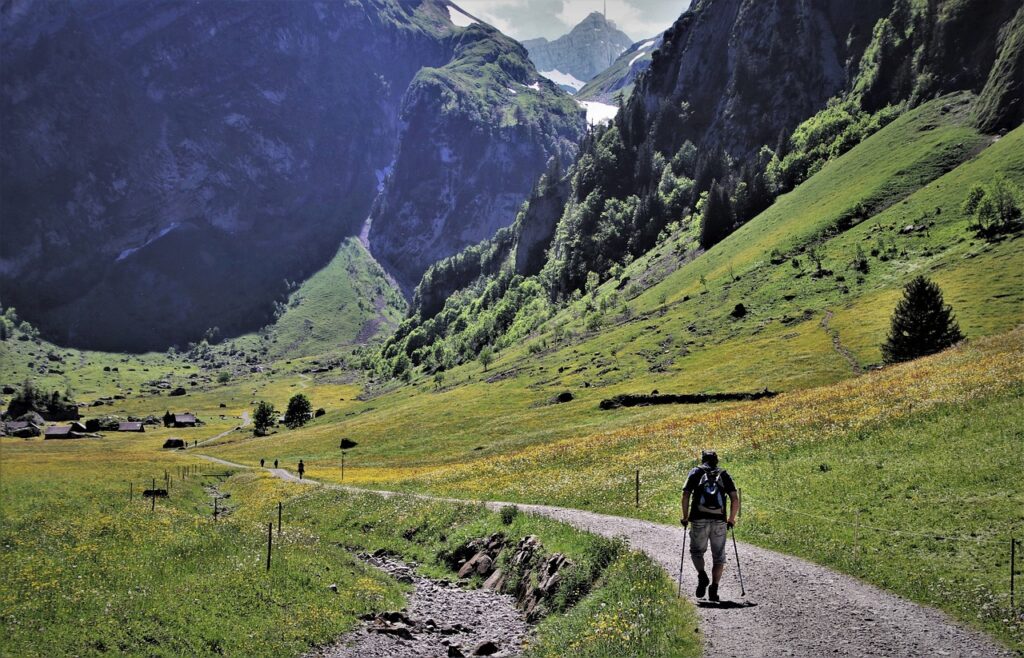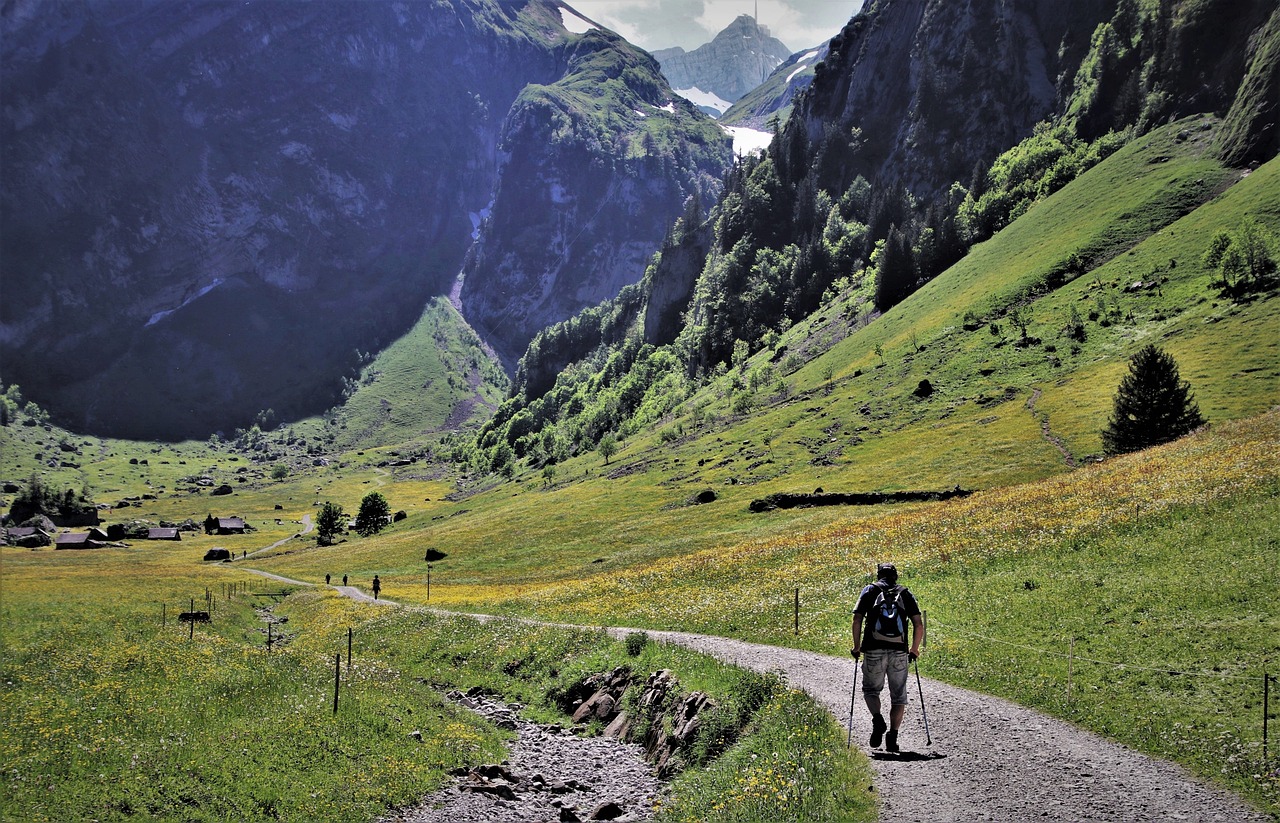Hiking and Trekking: Exploring Nature for Physical and Mental Wellness

What Are Hiking and Trekking?
Hiking and trekking are outdoor activities that involve walking through natural environments like mountains, forests, or trails. While hiking typically refers to shorter walks on well-defined paths, trekking often involves longer journeys, sometimes spanning days, in more rugged and less traveled areas. Both activities offer an incredible way to connect with nature, improve physical fitness, and nurture mental health.
Learn all the details about Martial Arts
Why should you choose hiking and trekking?
Hiking and trekking are versatile and accessible to people of all fitness levels. Whether you’re taking a gentle stroll in the woods or embarking on a challenging mountain trek, these activities allow you to exercise while immersing yourself in nature. Beyond physical benefits, they can boost your mental well-being, reduce stress, and even help you form meaningful connections with fellow adventurers.
Cricket and Football: Boost Your Health with These Popular Sports
How to Get Started with Hiking and Trekking
- Choose the Right Trail: Start with an easy trail suitable for beginners and gradually progress to more challenging ones as your stamina improves.
- Invest in Proper Gear: Comfortable hiking boots, weather-appropriate clothing, and a sturdy backpack are essentials.
- Plan Your Route: Research your destination, check the weather, and inform someone about your plans for safety.
- Stay Hydrated and Nourished: Carry enough water and energy-rich snacks to keep you fueled.
- Practice Leave No Trace: Respect the environment by minimizing your impact and leaving the trail as you found it.
Volleyball and Basketball: Discover Their Health Benefits and Fitness Impact
Benefits of Hiking and Trekking
Physical Benefits
- Cardiovascular Health: Regular hiking strengthens your heart and improves blood circulation.
- Muscle Strength: Walking on uneven terrain engages various muscle groups, especially in your legs, core, and back.
- Weight Management: Hiking and trekking burn calories, making them excellent for maintaining or achieving a healthy weight.
- Bone Health: These weight-bearing activities help strengthen bones and reduce the risk of osteoporosis.
- Improved Balance and Coordination: Navigating rugged trails enhances your stability and reflexes.
Mental and Emotional Benefits
- Stress Reduction: Spending time in nature lowers cortisol levels and reduces stress.
- Mental Clarity: Hiking promotes mindfulness and helps clear your mind from daily distractions.
- Mood Improvement: Exposure to fresh air and sunlight boosts serotonin levels, lifting your mood.
- Enhanced Creativity: Disconnecting from technology and exploring nature stimulates creative thinking.
- Social Connection: Hiking with others fosters bonding and creates shared memories.
Spiritual Benefits
- Connection to Nature: Hiking allows you to appreciate the beauty and serenity of the natural world.
- Personal Growth: Overcoming challenges during a trek builds resilience and self-confidence.
Safety Tips for Hiking and Trekking
- Know Your Limits: Choose trails that match your fitness and experience level.
- Pack Essentials: Bring a first aid kit, map, compass, flashlight, and extra clothing.
- Check Weather Conditions: Avoid hiking in extreme weather to reduce risks.
- Stay Alert: Be cautious of wildlife, slippery terrain, and other potential hazards.
- Hike with a Buddy: Solo hiking can be risky for beginners; having a partner adds safety and companionship.
Golf: Unlocking Fitness, Mindfulness, and Social Joy on the Green
Side Effects or Potential Challenges
- Physical Strain: Overexertion can lead to muscle soreness or injuries.
- Altitude Sickness: Trekking at high altitudes may cause headaches, nausea, or fatigue.
- Weather Hazards: Sudden changes in weather can pose risks like hypothermia or heat exhaustion.
- Blisters and Foot Pain: Improper footwear can cause discomfort.
- Dehydration or Exhaustion: Failing to hydrate or pace yourself may lead to fatigue.
Frisbee and Disc Golf: A Fun and Healthy Way to Stay Fit
Best Destinations for Hiking and Trekking
- Appalachian Trail (USA): A classic trail for beginners and experienced hikers.
- Inca Trail (Peru): A historical trek leading to Machu Picchu.
- Tour du Mont Blanc (Europe): Offers stunning views of the Alps.
- Mount Kilimanjaro (Tanzania): A bucket-list trek for adventure seekers.
- Banff National Park (Canada): Known for its breathtaking landscapes.
Abseiling: A thrilling adventure sport for fitness and fun
When to Go Hiking or Trekking
The best time depends on your location and the type of trail:
- Spring and Fall: Ideal for moderate weather and colorful scenery.
- Summer: Great for higher altitudes but beware of heat in lowland areas.
- Winter: Best for snow-covered trails, but only for experienced trekkers with proper gear.
Aba Guresi: Exploring the Rich Tradition of Turkish Folk Wrestling
Summary
Hiking and trekking offer a fantastic way to enhance your physical, mental, and spiritual well-being. From improving cardiovascular health to fostering a deeper connection with nature, these activities are more than just forms of exercise—they’re journeys of self-discovery and rejuvenation. With proper preparation and a love for the outdoors, anyone can enjoy the countless benefits of hiking and trekking.




